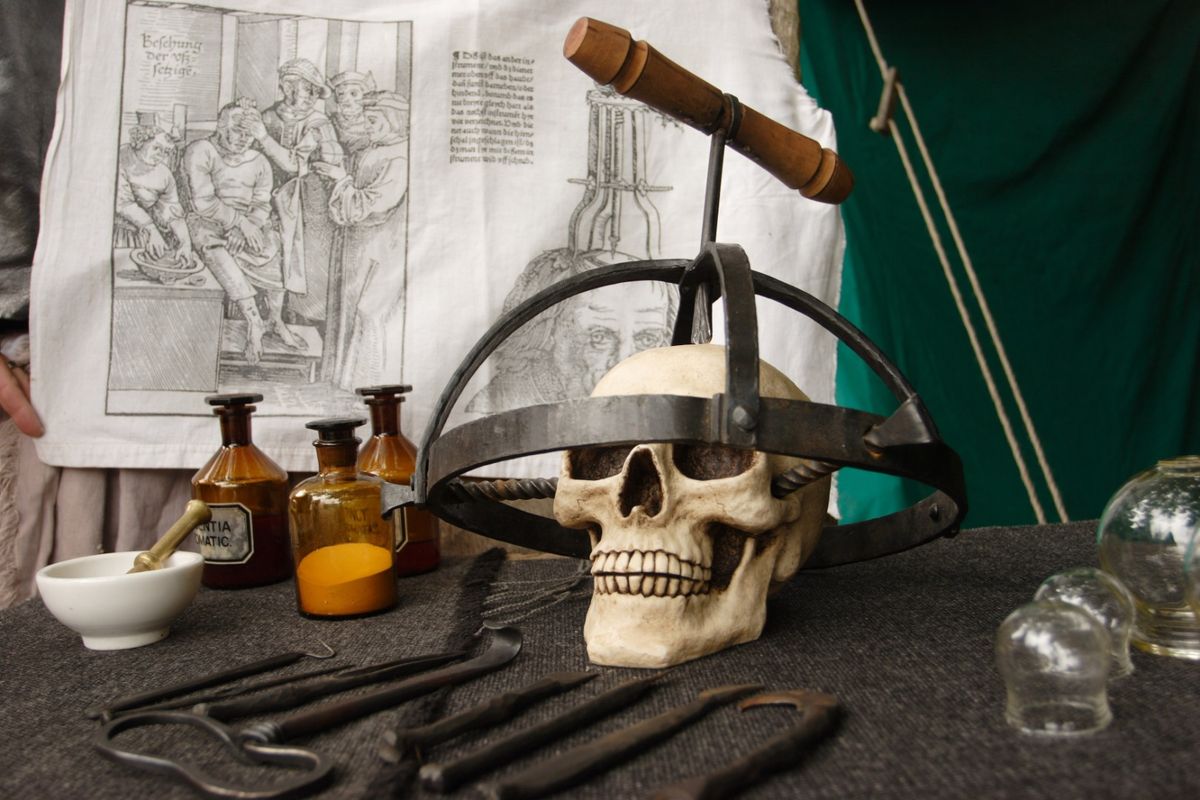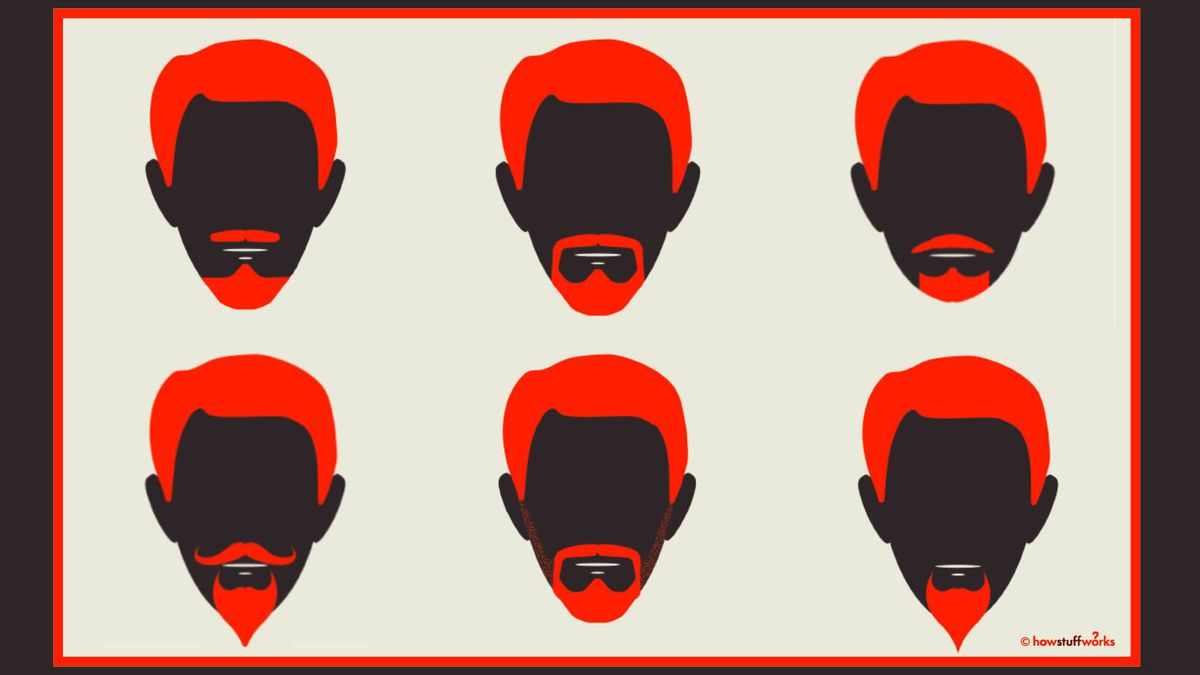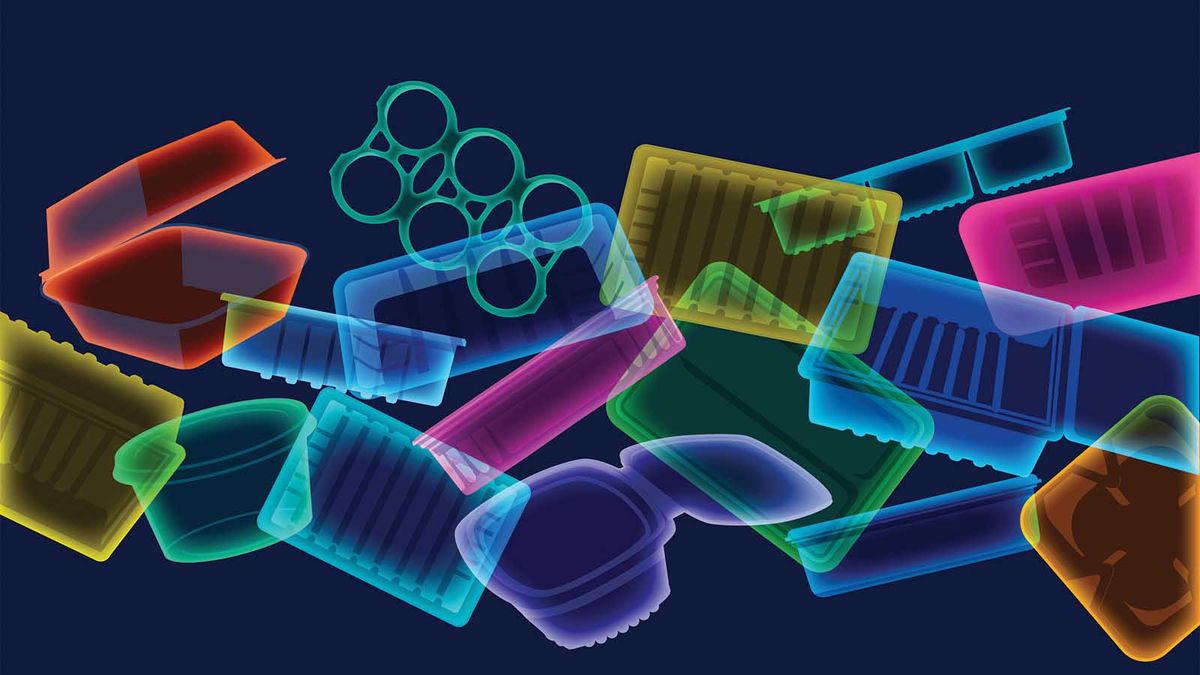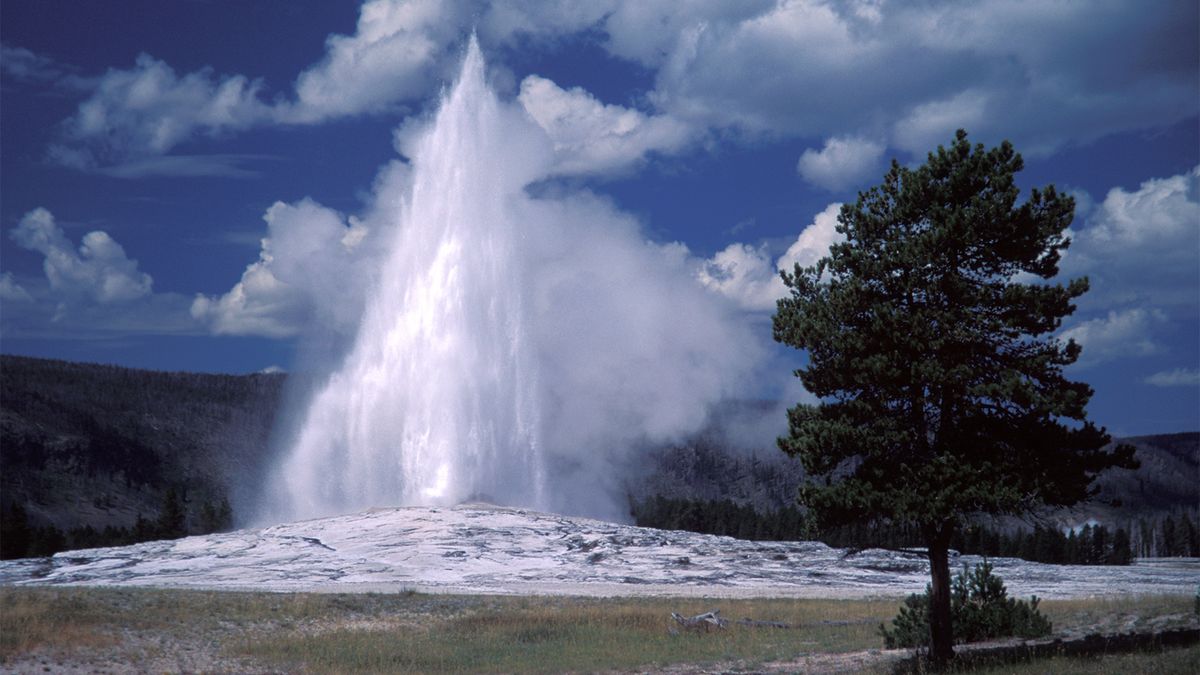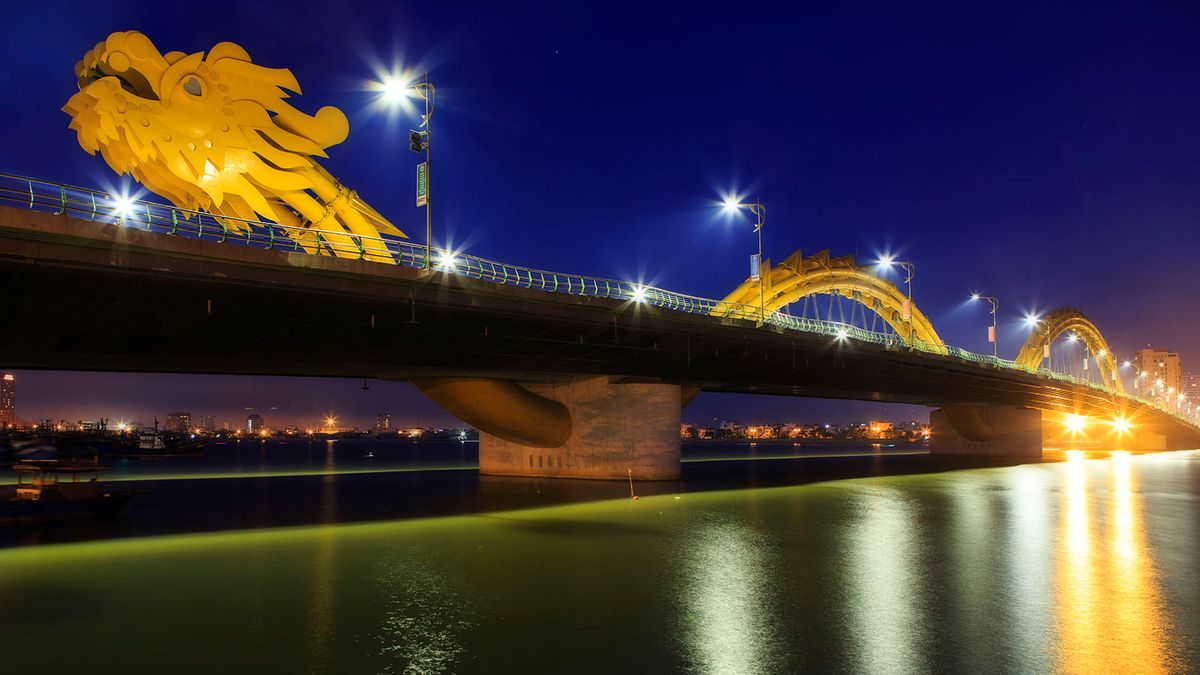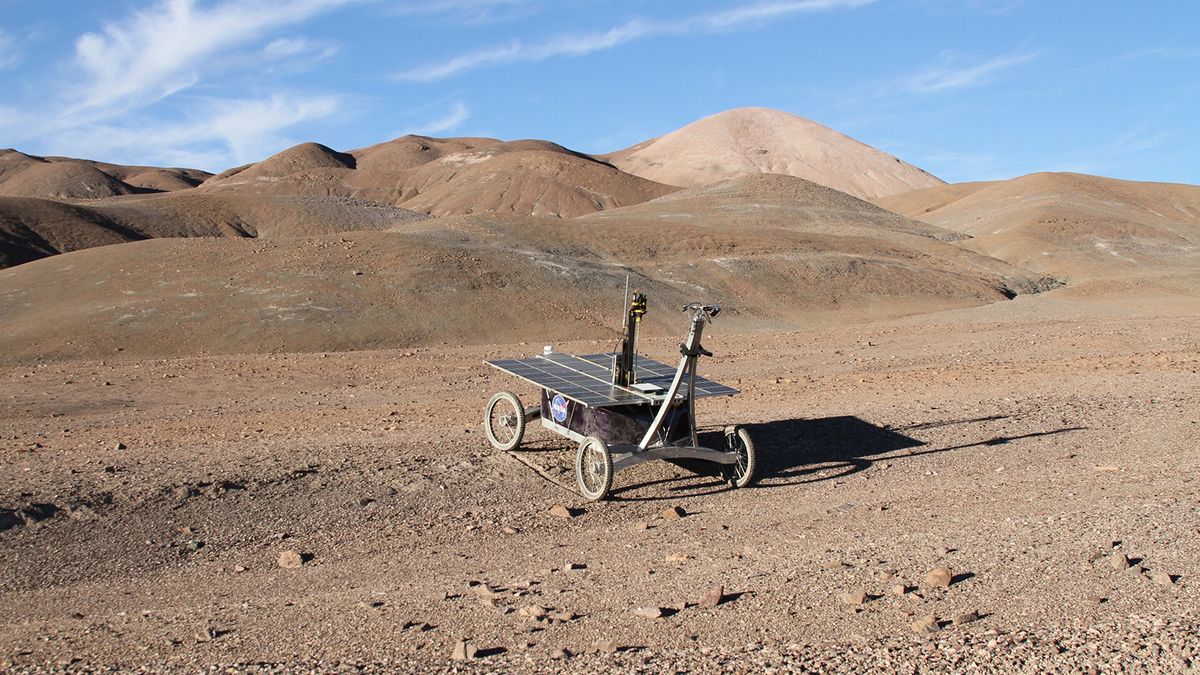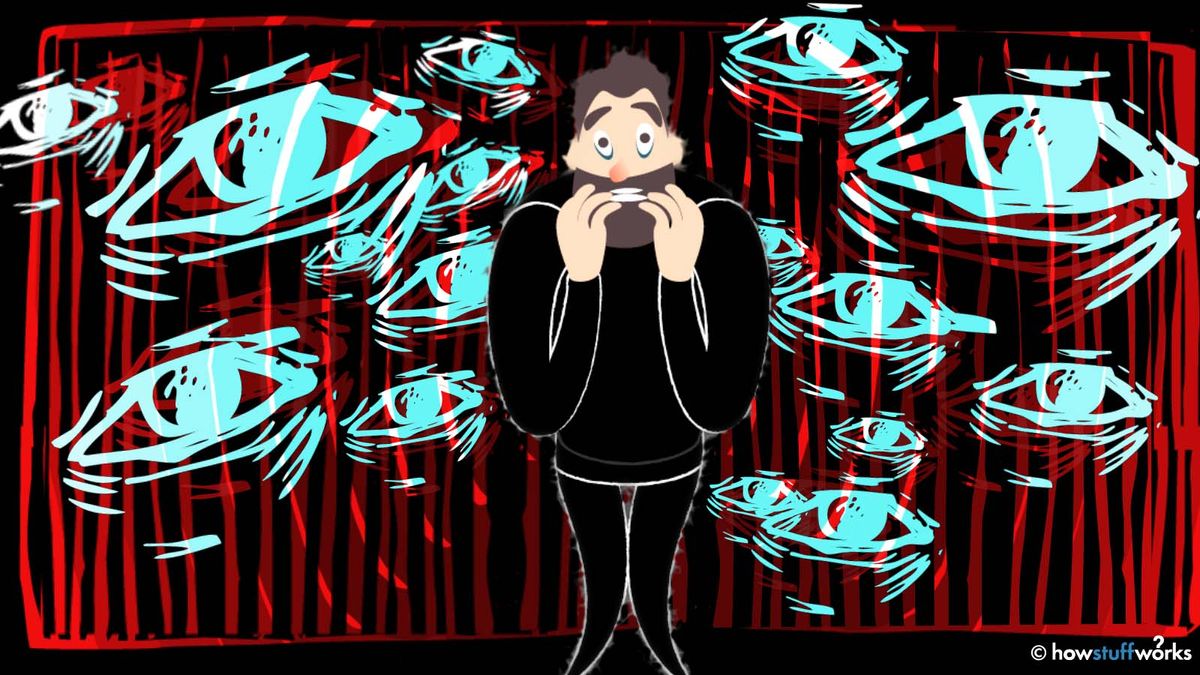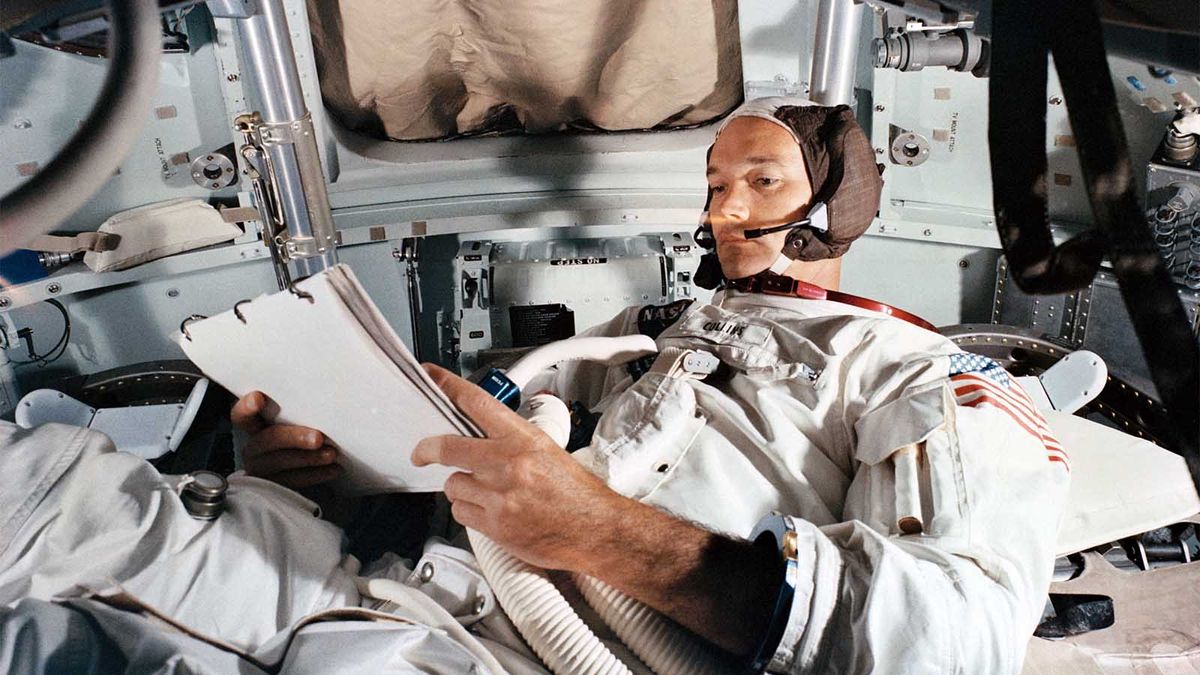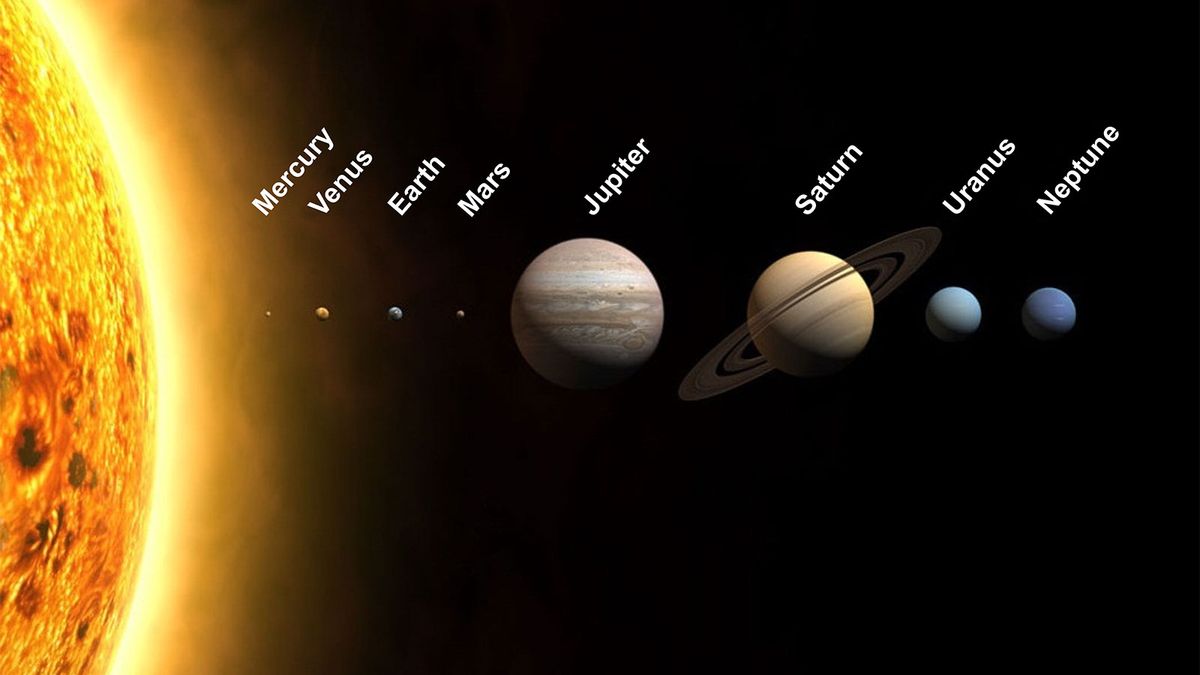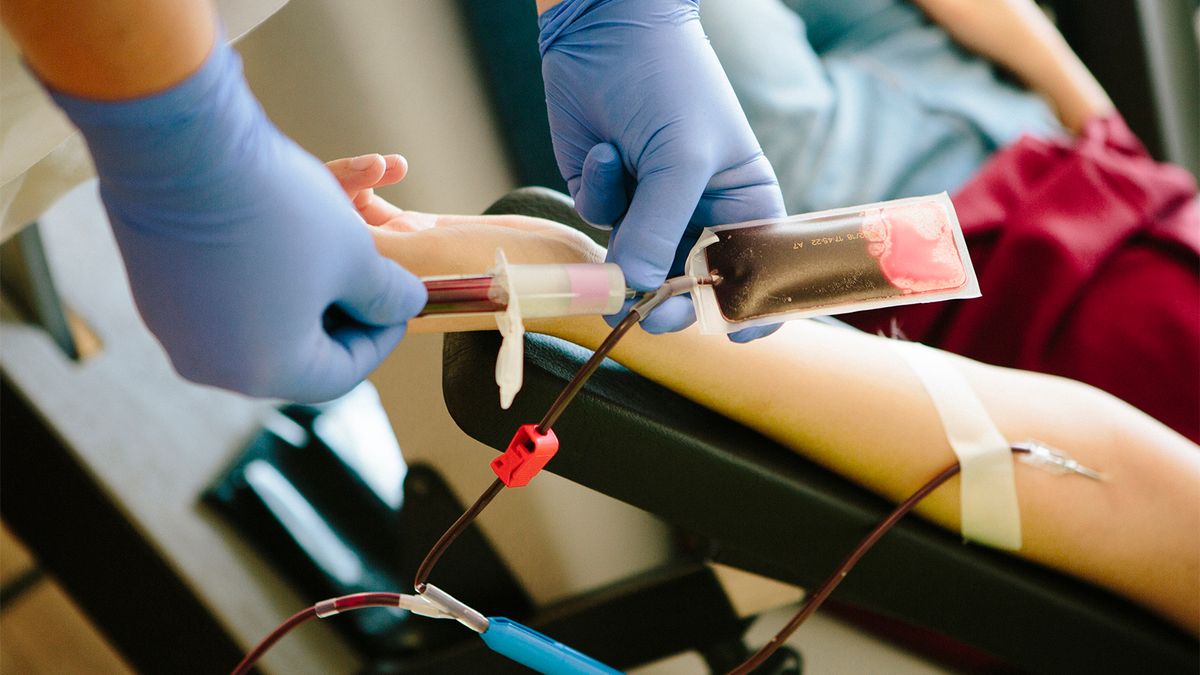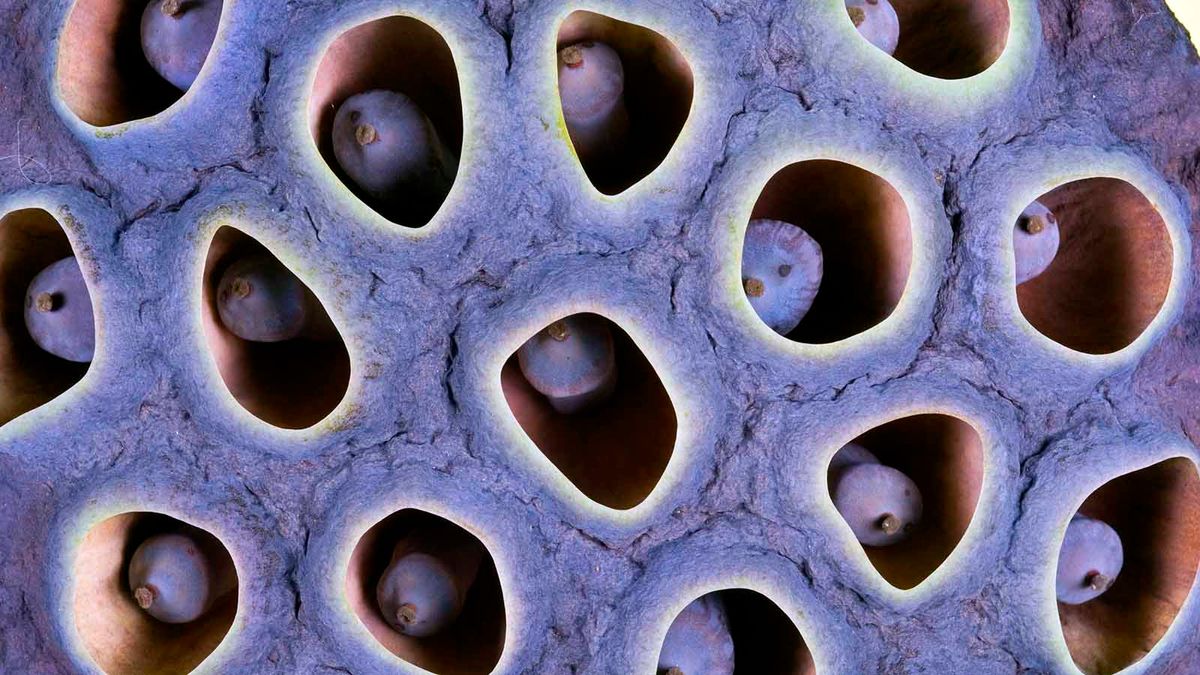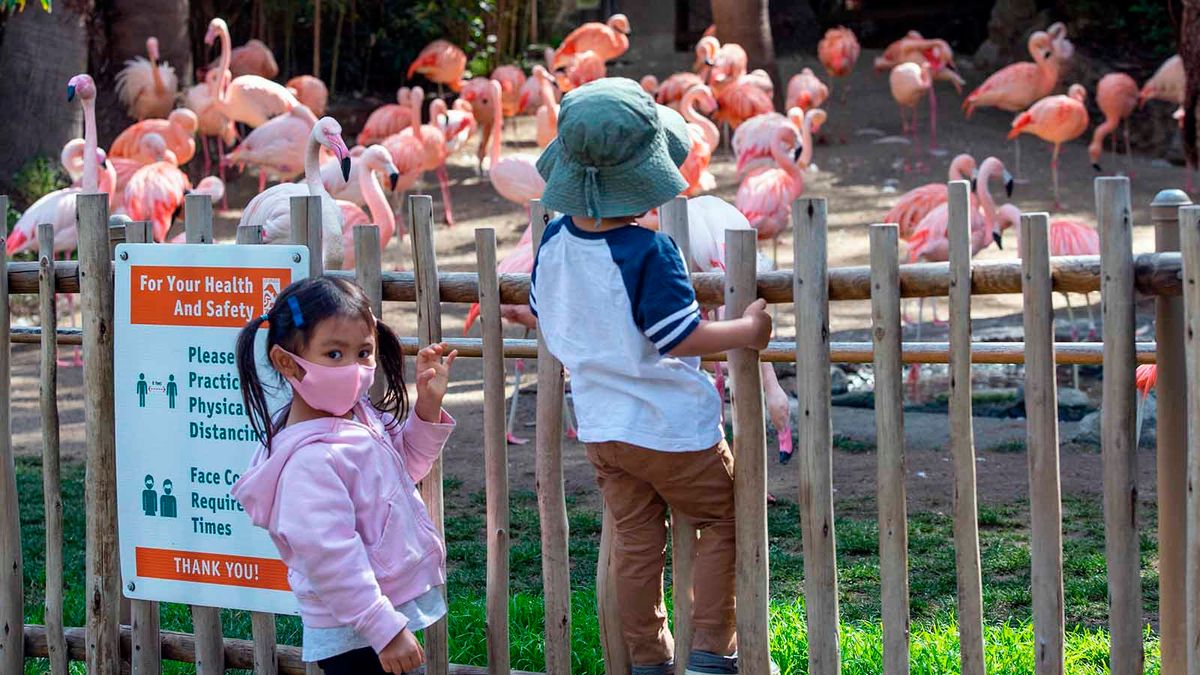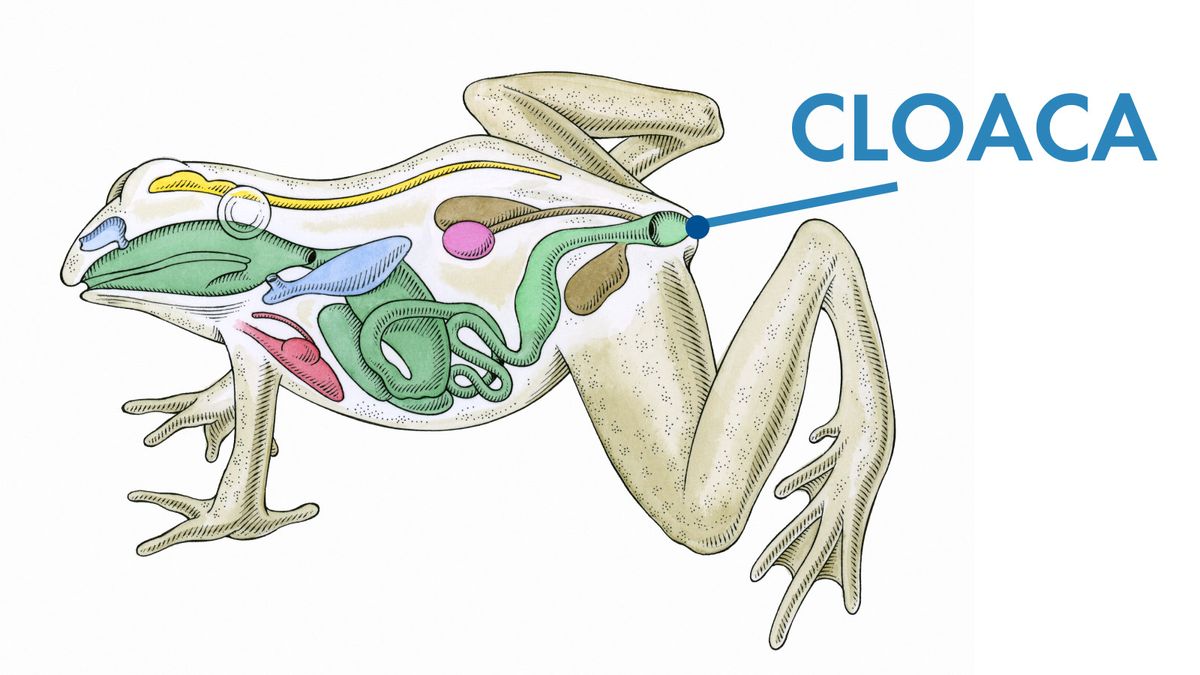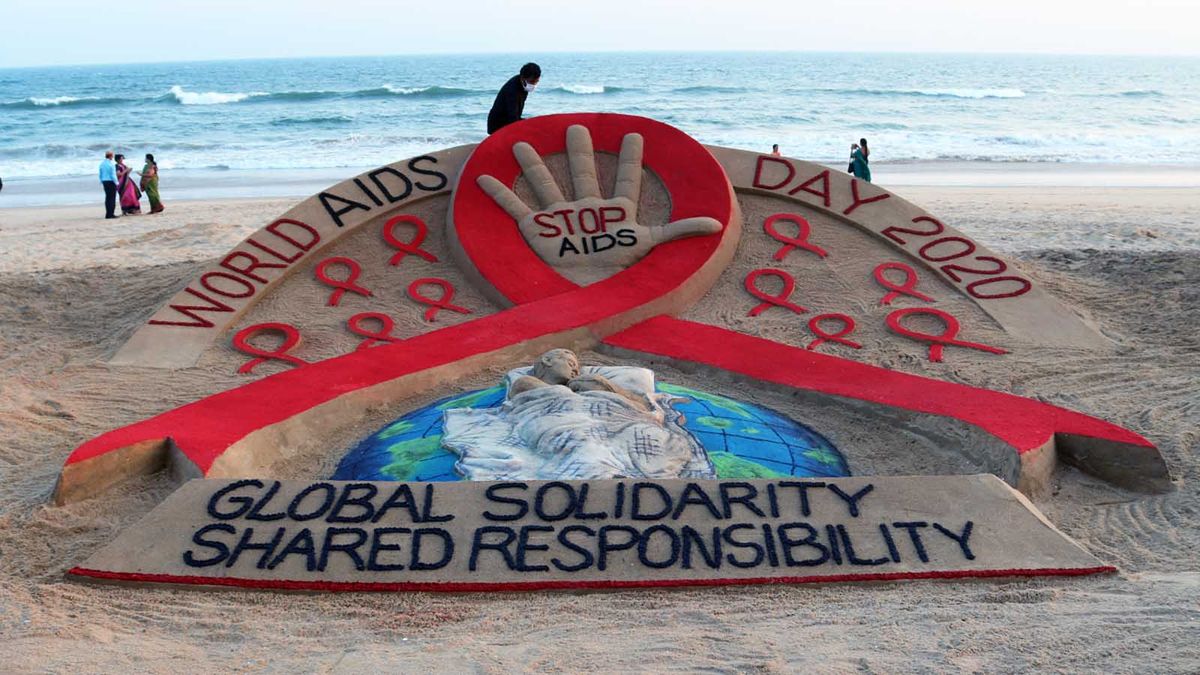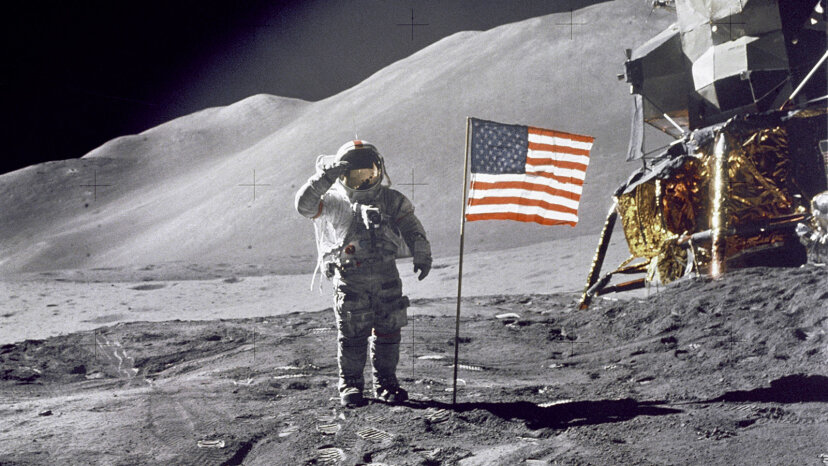
Khi vệ tinh Sputnik quay quanh Trái đất vào tháng 10 năm 1957, Liên Xô đã dẫn trước trong cuộc chạy đua không gian. Chiến tranh Lạnh đang diễn ra và Hoa Kỳ cố gắng đáp trả bằng hiện vật. Các chi nhánh của quân đội Mỹ đã phát triển vệ tinh từ giữa những năm 1940, nhưng giờ đây rõ ràng là một cơ quan vũ trụ chuyên dụng đã hoạt động. Tổng thống Dwight Eisenhower và Thượng nghị sĩ Lyndon B. Johnson dẫn đầu. Quốc hội đã phải mất gần một năm sau vụ phóng của Sputnik để đưa Cơ quan Hàng không và Vũ trụ Quốc gia (NASA) rời khỏi mặt đất. Không một phút nào bị lãng phí trong việc loại bỏ sự dẫn đầu của Liên Xô: Ngay cả trước khi NASA bắt đầu hoạt động, Mỹ đã gửi vệ tinh của riêng mìnhvào quỹ đạo. Nước Mỹ đã chính thức ở trong Kỷ nguyên Không gian.
NASA bắt đầu hoạt động vào ngày 1 tháng 10 năm 1958. Ngay từ khi bắt đầu, các mục tiêu của nó đã rất cao cả: Chính quyền đã lên kế hoạch mở rộng kiến thức của con người về không gian; dẫn đầu thế giới về đổi mới công nghệ liên quan đến không gian; phát triển các phương tiện có thể chở cả thiết bị và sinh vật sống vào không gian; và phối hợp với các cơ quan vũ trụ quốc tế để đạt được những tiến bộ khoa học lớn nhất có thể. Trong 60 năm qua, NASA đã đạt được mọi mục tiêu đó và tiếp tục tìm kiếm câu trả lời cho một số bí ẩn lớn nhất trong khoa học khi nó phát triển cùng với một thế giới đang thay đổi.
Chính quyền luôn phản ánh những giá trị đang thay đổi của xã hội Hoa Kỳ. Để đáp lại dư luận, nó được khuyến khích tất cả các loại đổi mới công nghệ và thu thập dữ liệu quan trọng về khí hậu của hành tinh Trái đất. Tuy nhiên, nguyện vọng chính của NASA vẫn không đổi: Khám phá mọi ngóc ngách của không gian để mở rộng kiến thức của chúng ta về vũ trụ.
Trong bài viết này, chúng ta sẽ xem xét một số thành tựu lớn nhất của NASA cho đến nay. Thật khó để chọn trong số những kỳ tích đáng kinh ngạc trong lý lịch của NASA, nhưng một số thành công của nó còn hoành tráng hơn những thành công khác. Danh sách này trình bày một số khoảnh khắc tuyệt vời trong khoa học, bắt đầu với việc phóng tàu vũ trụ đầu tiên của Hoa Kỳ: Explorer 1, một vệ tinh nhỏ đã tạo ra một khám phá to lớn.
- Explorer 1, vệ tinh đầu tiên của Hoa Kỳ
- Kính viễn vọng không gian Hubble, Vũ trụ được tiết lộ
- Đài quan sát tia X Chandra, Vũ trụ năng lượng cao
- Tàu vũ trụ Juno, chuyến đi tới sao Mộc
- Apollo 13, Brilliance at Mission Control
- Tàu con thoi, một tàu vũ trụ có thể tái sử dụng
- Sứ mệnh Apollo 8, đêm Giáng sinh âm lịch
- Phòng thí nghiệm Khoa học Sao Hỏa, một con chó săn trên Hành tinh Đỏ
- Freedom 7, Người Mỹ đầu tiên trong không gian
- Apollo 11, Chuyến đi bộ trên Mặt trăng
10: Explorer 1, Vệ tinh đầu tiên của Hoa Kỳ

Ngay sau khi có thông tin về thành công của Sputnik, Phòng thí nghiệm Sức đẩy Phản lực (JPL), sắp tới là Phòng thí nghiệm Sức đẩy Phản lực của NASA , đã bắt đầu thiết kế vệ tinh sẽ theo Sputnik vào không gian. Chỉ mất chưa đầy ba tháng để JPL hoàn thành Explorer 1 [nguồn: Dick ].
Vệ tinh bay vào vũ trụ trên một tên lửa, và nó mang theo thiết bị được thiết kế để giúp các nhà khoa học nghiên cứu các tia vũ trụ trong quỹ đạo Trái đất. Explorer 1 có chiều dài 80 inch (203 cm) và đường kính 6,25 inch (15,9 cm) và nặng 30 pound (14 kg). Vệ tinh quay quanh hành tinh 12 lần rưỡi mỗi ngày, độ cao của nó dao động từ 1.563 dặm (2.515 km) đến 220 dặm (354 km) trên Trái đất khi nó đo bức xạ vũ trụ trong môi trường của nó [nguồn: Loff ].
Sự hiểu biết của chúng ta về bầu khí quyển của Trái đất đã bị thay đổi vĩnh viễn bởi vật thể nhỏ bé này. Sau khi Explorer 1 vào không gian, nó bắt đầu thu thập thông tin về các tia vũ trụ ở đó. Một số kết quả đọc được từ Explorer 1 cho thấy hoạt động của tia vũ trụ thấp hơn đáng kể so với dự kiến của các nhà khoa học. Nhà vật lý James Van Allen đưa ra giả thuyết rằng nguyên nhân của sự bất thường về cơ bản là do sự can thiệp của máy dò tia vũ trụ của vệ tinh. Ông tin rằng Explorer 1 đã đi qua một vành đai bức xạ chưa xác định cho đến nay đã làm bão hòa các thiết bị trên tàu bằng các hạt mang điện. [nguồn: Moore & Arnold ].
Một vệ tinh khác, được đưa vào quỹ đạo hai tháng sau đó, cung cấp dữ liệu ủng hộ lý thuyết của Van Allen, và các vành đai bức xạ Van Allen bao quanh Trái đất đã được đưa vào sách khoa học. Explorer 1 đã lặn vào bầu khí quyển của Trái đất và bốc cháy vào tháng 3 năm 1970, sau khi quay quanh Trái đất 58.000 lần.
Một vệ tinh được phóng vào 20 năm sau đã tiết lộ những hiểu biết vượt xa sách khoa học. Tải trọng trên vệ tinh này sẽ cung cấp các hình ảnh không gian có độ phân giải cao vào nhà của chúng ta.
9: Kính viễn vọng không gian Hubble, Vũ trụ được hé lộ

Trước năm 1990, quan điểm của chúng ta về không gian chủ yếu đến từ kính thiên văn ánh sáng trên mặt đất . Những hình ảnh rất thú vị, nhưng không rõ ràng lắm, và quang học không thể nhìn thấy đủ xa để mang lại cho chúng ta khung cảnh mà các nhà thiên văn học khao khát. Bầu khí quyển của Trái đất , với tất cả các đám mây, nước và hơi khí, có xu hướng làm sai lệch ánh sáng ngoài Trái đất, vì vậy nó không có lợi cho việc chụp ảnh rõ nét.
Giải pháp? Đặt kính thiên văn ở phía bên kia bầu khí quyển của Trái đất, nơi ánh sáng sẽ truyền đến các vật thể ở xa và phản xạ trở lại mà không bị cản trở. Đó là nơi xuất hiện của Kính viễn vọng Không gian Hubble (HST). Đây không phải là kính viễn vọng không gian đầu tiên, nhưng HST đã được chứng minh là một trong những vật thể quan trọng nhất về mặt khoa học từng được chế tạo. Được đặt theo tên của nhà thiên văn học Edwin Hubble, kính thiên văn này đã thực hiện hơn 1,5 triệu quan sát thiên văn và xem xét hơn 40.000 vật thể không gian khác nhau [nguồn: Hubblesite].
Ngày nay nó vẫn cung cấp cho nhân loại những hình ảnh rõ nét, mê hoặc về vũ trụ của chúng ta. Hơn nữa, HST luôn tạo điều kiện cho những khám phá mới. Hơn 15.000 bài báo khoa học đã dựa trên dữ liệu mà kính thiên văn cung cấp [nguồn: NASA ].
To create the Hubble, NASA joined forces with the European Space Agency in the mid-1970s. Originally, the satellite was supposed to launch in 1983, but construction delays and political fallout from the 1986 Challenger disaster kept it grounded until 1990, when the Hubble finally went into orbit [source: Okolski].
The Hubble Space Telescope lets us watch the expansion of the universe in a way never before imagined. Not only does it have 10 to 20 times the resolution of a typical ground-based telescope, but a technological milestone made its images accessible to scientists and the general public alike. With the advent of the Internet, people could sit at home and watch the universe unfold in all hi-resolution, full-color glory. Hubble revealed the world, going out billions of light years from Earth, to anyone who cared to see it.
Today, the Hubble works in concert with other great NASA observatories to broaden our cosmic knowledge. Before the turn of the millennium, the administration sent up another space telescope, one that uses X-rays instead of visible light to capture breathtaking images of the universe.
8: Chandra X-ray Observatory, the High-energy Universe
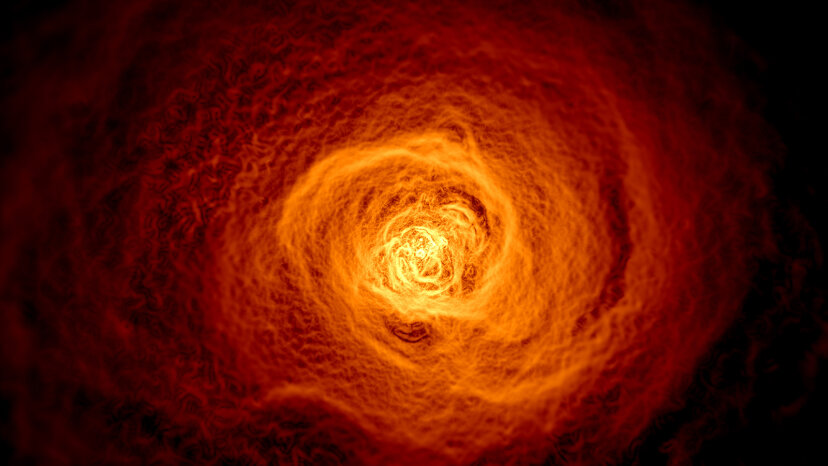
In 1999, NASA launched what was for many years the most sensitive X-ray telescope ever built. This contraption could see things no one had ever seen before, such as the split second when space particles disappear into a black hole .
X-ray telescopes are different than the more commonplace optical telescopes we're all familiar with. Instead of relying on visible light to form an image, the Chandra X-ray Observatory uses higher-energy particles, namely X-rays.
Due to our planet's shield-like atmosphere, X-rays that originate from other parts of the universe cannot be observed down here on Earth. Instead, scientists have to document these via specialized telescopes that've been sent into space. Orbiting the Earth at 200 times the altitude of Hubble , Chandra is 25 times more sensitive than any previous X-ray telescope [source: Harvard-Smithsonian].
Up there, it focuses on high-energy portions of the universe. The Chandra X-ray observatory has so far delivered clear images of supernova remnants, quasars, exploding stars and supermassive black holes while helping us probe the mysteries of dark matter. And earlier this decade, it detected low-energy X-rays from Pluto [source: NASA].
With the insights it's provided into the life and death of stars, Chandra will enhance our understanding of the origins of the universe. It could also help us assess the habitability of distant planets.
Speaking of life itself, how about the kind that might exist on other planets? Next on our list of NASA successes is Juno, a space probe that is getting us better acquainted with the gas giant Jupiter.
7: The Juno Spacecraft, a Trip to Jupiter
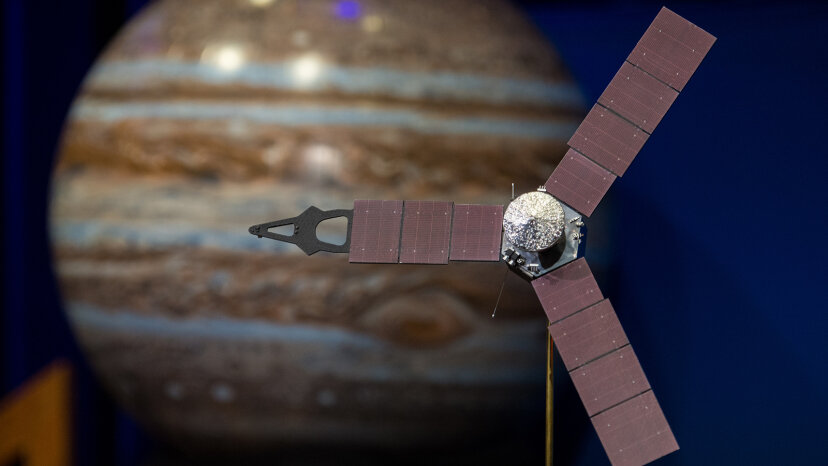
In 1972, NASA's Pioneer 10 probe became the first manmade object to pass through the asteroid belt. Upon making it across, the spacecraft again broke new ground when it took the unprecedented step of observing a so-called outer planet — in this case, Jupiter [source: Laboratory for Atmospheric and Space Physics].
Now another probe is checking out the gas giant. Launched from the Cape Canaveral Air Force Station on Aug. 5, 2011, Juno's mission is to study various aspects of Jupiter, including the planet's gravitational fields and tempestuous atmosphere. The probe finally reached the colossal planet on July, 4, 2016. En route, Juno set a new spacefaring record. A trio of 30-foot (9 meter) solar arrays power this magnificent craft. On Jan. 13, 2016, Juno found itself 493 million miles (793 million kilometers) away from the sun. No other solar-powered spacecraft has ever traveled such a great distance [source: Jet Propulsion Laboratory].
The probe is currently orbiting the gas giant in an elliptical fashion, taking a route that brings it within about 2,600 miles (4,200 kilometers) of the tops of Jupiter's clouds. Juno has made some mind-boggling discoveries so far. For example, thanks to data it's collected, we now know that Jupiter's iconic bands aren't just surface-level decorations; the jet streams that drive them can run at least 1,864 miles (3,000 kilometers) deep [source: Georgiou].
Another spacecraft, launched two years before Pioneer 10, did something even more compelling. Instead of navigating the asteroid belt or interrogating Jupiter, it saved a human crew that could've been forever lost in space.
6: Apollo 13, Brilliance at Mission Control

Apollo 13 was headed for the moon . On April 11, 1970, the spacecraft lifted off. Fifty-five hours and 55 minutes later, an explosion shut down almost every system necessary to sustain life onboard.
The string of events leading to the explosion began in 1965, with an oversight involving the oxygen tank thermostats. Tank No. 2 — which had been damaged before the launch — violently ruptured when a fan was turned on. That set the stage for one of the most amazing collaborative rescues in history. So many things went wrong on Apollo 13, it's an engineering miracle that the crew — astronauts James Lovell, John Swigert and Fred Hayes — made it home at all, let alone alive and well [source: Banke].
Minutes after the crew completed a television broadcast from space, telling America everything was going well, an explosion shook the spacecraft. One disaster led to another. When Tank No. 2 blew up, the force caused another oxygen tank to malfunction. Immediately after, two of the craft's three fuel cells shut down. Apollo 13 was 200,000 miles (321,868 kilometers) away from home, venting oxygen into space, and its normal supply of electric power, water , oxygen, heat and light had been cut off.
The ingenuity that followed is a testament to the genius of the human mind and spirit. To conserve whatever power, food, water and oxygen was left, the astronauts aboard Apollo 13 survived on almost no food , water and sleep and in temperatures that dropped to near freezing. The crew members lost a combined 31.5 pounds (14.3 kilograms) in less than six days.
Meanwhile, the people on duty at NASA's Mission Control center from April 11 through April 17 found a way to get the men home. They did months of calculation in days. They found a way to get the lunar module to support the crew and get the spacecraft back to Earth , although it was never intended for that purpose. The canisters that removed carbon dioxide from the command module didn't fit the system in the lunar module. So Mission Control found a way for the astronauts to make them fit using tools they had onboard: cardboard, plastic bags and tape.
Still, with no controls, no extended life support and no navigation system, the biggest problem of all was how to get the craft into a trajectory for an Earth landing. Apollo 13 had already made the planned adjustments for a moon landing before the initial explosion.
Mission control developed a plan. The onboard navigation was based on finding a key star . That system was out. In three hours, NASA found a way to use the sun instead, a series of calculations that would normally take three months; and they found a way to use the moon's pull to get the craft into the right position, because they had to save all of the power for the trip home.
The calculations based on the sun turned out to be accurate to within less than 1 degree. Apollo 13 rounded the moon and descended toward Earth. So much condensation had built up on the walls of the lunar module from the days of cold that when the spacecraft finally powered up -- and heated up -- for the trip home, it rained inside the cabin [source: NASA].
Apollo 13 landed successfully on April 17, 1970, in the Pacific Ocean. While all of the astronauts were fine, the spacecraft, of course, was not. But that was typical for the time. NASA didn't have a working reusable spacecraft until 1981, when the first space shuttle , named Columbia, made history.
5: The Space Shuttle, a Reusable Spacecraft
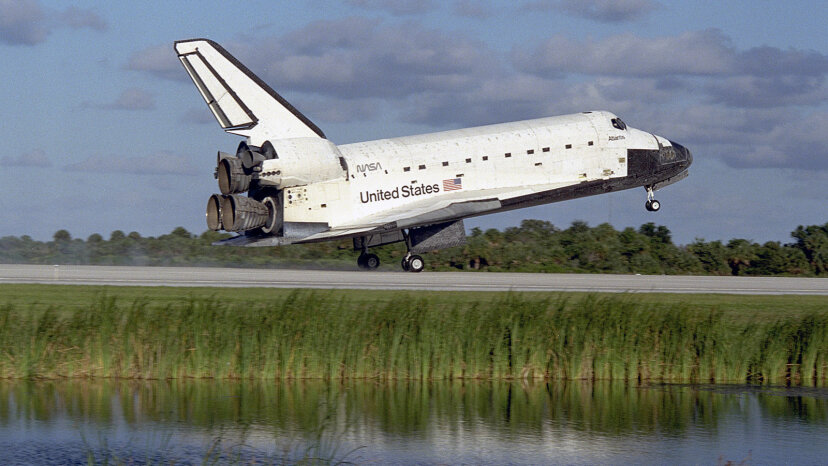
In 1972, the Apollo program was winding down, and NASA was doing some technological soul-searching. The Apollo rockets were single-use spacecraft. The cost per mission was, well, astronomical. A reusable spacecraft would not only save money, but it would also be an amazing technological advance.
After President Richard Nixon announced the plan to build a reusable spacecraft that would run multiple, perhaps indefinite numbers of missions, NASA developed the basic design: two solid rocket boosters attached to an orbiter module and an external fuel tank.
There were considerable hurdles facing the project. Since the equipment that protected previous spacecraft from Earth's searing atmosphere essentially disintegrated during re-entry, NASA needed an entirely new heat-shield concept. It came up with a method of coating the craft with ceramic tiles that would absorb the heat without degrading. The other major redesign had to do with the landing itself. The old spacecraft basically plummeted through the atmosphere and splashed down in the ocean. It's tough to reuse equipment after a water landing. The new spacecraft would land more like a glider, on an actual landing strip.
It took nine years from the start of the project to the first flight. In 1981, the Space Shuttle Columbia lifted off and its maiden mission was successful. NASA had succeeded in creating a reusable spacecraft.
Columbia was followed by four other space shuttles: Challenger, Discovery, Atlantis and Endeavour. From 1981 through 2011, this quintet flew a combined 135 missions, with many involving stays at the International Space Station (ISS) [source: NASA].
An amazing collaborative effort, the ISS was made to advance space exploration. Now let's return to the early days of that noble pursuit for a story about the first people who ever laid eye upon the far side of the moon...
4: The Apollo 8 Mission, a Lunar Christmas Eve

Before NASA could put a man on the moon, the agency needed to know that it had the technology to bring a crew out there in the first place. Any such trek would present a gigantic challenge. By 1968, a handful of people had gone up into space, but none of those early pioneers left low-Earth orbit in the process.
Yet adversity can be a great motivator. For reasons we'll discuss soon, NASA was facing political pressure to execute an American moon landing before the decade ended. Time was running out. So on Aug. 19, 1968, the administration announced that a manned, fly-by trip around the moon would be attempted that December [source: NASA].
Astronauts Frank Borman, James A. Lovell, and William Anders — who'd been preparing themselves for a very different kind of mission — were assigned to this endeavor. After an intense training period, the three men boarded a 363-foot (110.6-meter) Saturn V Rocket and were launched into space on Dec. 21, 1968. The Apollo 8 mission had formally begun [source: Woods and O'Brien].
Three days and one nasty vomiting incident later, the Apollo 8 crew reached their destination, entering lunar orbit on December 24. Millions of earthbound spectators vicariously made the journey with them; in a television first, the mission was broadcast live into households across the world. As photos taken from the Saturn V appeared onscreen, Borman, Lovell, and Anders set the mood for their Christmas Eve audience by quoting the Book of Genesis [source: Williams].
One of the snapshots they captured would prove especially significant. Inaccurately titled Earthrise, this iconic image shows our blue planet, half concealed in darkness, hovering above the lunar horizon. According to NASA's official website, the evocative picture has "been credited for inspiring the beginning of the environmental movement" [source: NASA].
The mission ended with the crew's safe return to their home planet on Dec. 27, 1968. Apollo 8 laid the groundwork for Neil Armstrong's "one small step" on the lunar surface. Everything we're now learning is getting us closer to a long-awaited sequel: Manned missions to Mars . And speaking of the red planet...
The Space Pen Legend
You know that old story about NASA spending $12 million to develop a pen that would write in microgravity, and the Russian response: "We just use pencils"? It's an urban legend .
In fact, the pen was developed privately, by Fisher Pen Co., with no prompting by NASA. The company spent $1 million to develop a pressurized pen that would work in microgravity, and both the U.S. and Russian space agencies bought them at $6 apiece. Using pencils in space, which both agencies did before the Fisher Space Pen, worried them because pencil dust could float around the cabin. NASA sent the first space pens up with the Apollo astronauts [source: Garber].
3: The Mars Science Laboratory, a Rockhound on the Red Planet

On a far-off world, one that's an average distance of 140 million miles (225 million kilometers) away from our own, there's an SUV-sized, nuclear-powered vehicle with its own Twitter account. Ladies and gentlemen, let's talk about the Curiosity Rover.
In 1997, NASA's Mars Pathfinder became the first spacecraft to land on another planet (you can guess which one) without first orbiting it. One of the Pathfinder's most ambitious successors is the Mars Science Laboratory, a $2.5 billion probe whose main attraction is a six-wheeled rover named "Curiosity." Earlier rovers were powered by solar panels, which left them at the mercy of Martian dust storms and low-light periods. Curiosity sidesteps those problems by using plutonium to generate electricity [source: Belanger].
For a Martian rover, Curiosity is huge. Weighing 1,982 pounds (899 kilograms), it's 10 feet (3.04 meters) long by nine feet (2.74 meters) wide and seven feet (2.13 meters) tall. That makes the vehicle four times heavier — and twice as long — as two of the rovers that preceded it to Mars, namely the Spirit and the Opportunity. Oh yeah, and Curiosity totally dwarfs the Pathfinder rover, which had the rough dimensions of a microwave oven [source: Webster].
The craft's bulk forced NASA to execute a complex landing process involving a breakaway parachute and disposable rockets. On Aug. 6, 2012, the Martian Science Laboratory successfully touched down on the Red Planet's surface. It's spent the past six years examining the geology and climate of our closest planetary neighbor. Among other things, Curiosity has found compelling evidence to indicate that both liquid water and organic molecules could have once existed on Mars [source: Freeman].
Plus, the 'bot is an internet celebrity. A Twitter account in Curiosity's name that's run by the NASA social media team has 3.94 million followers [source: Meredith].
Curiosity and the other Mars rovers have given us crucial information about the Red Planet. Millions of Americans hope to see NASA put a human being up there someday. But that shared dream wouldn't exist if it weren't for the next accomplishment on our list.
2: Freedom 7, the First American in Space

The first American astronaut to orbit the Earth was Alan Shepard, and he left Earth on May 5, 1961. He wasn't the first human in space; a Soviet astronaut named Yuri Gagarin has that distinction. But Shepard was NASA's entry into the annals of human space flight [source: NASA].
It was a nervous day for NASA. The countdown, divided into two parts so Shepard and the launch crew could obtain some rest before the moment of truth came, took more than 24 hours. NASA halted it several times for minor equipment checks, and finally it was T-15 minutes to liftoff. Shepard was onboard, the pilots of the launch vehicle were ready, and all systems were go. Then the clouds moved in.
The weather wasn't a problem for the launch. But it was a problem for the photographer covering the biggest NASA event to date. So NASA postponed the launch until the clouds cleared. As they waited, one of the orbiter's power inverters showed signs of trouble, and engineers fixed the problem in 86 minutes. Then the countdown began again. Once more, there was an interruption at T-15, this time because NASA opted to double-check a piece of navigation equipment [source: NASA].
The rest of the countdown went smoothly and the launch, at 9:34 a.m., went off without a hitch. Shepard reached Earth orbit at an altitude of 116.5 miles (187.5 kilometers). He spent 15 minutes and 28 seconds up there, travelling 303 miles (487 kilometers) around the Earth at 5,134 miles per hour (8,262 kilometers per hour) [source: NASA]. When he splashed down in the Atlantic Ocean, he had completed a perfect mission and led the way for every NASA manned mission to come.
The mission that solidified NASA's place in history came eight years later. It was so monumental that conspiracy theorists question its validity to this day.
1: Apollo 11, a Walk on the Moon

Just 20 days after Alan Shepard orbited the Earth , President John F. Kennedy announced the mission that would be NASA's greatest achievement: America was going to the moon . In response, NASA initiated the Apollo space program.
It took eight years to realize Kennedy's stated goal. Apollo 1 in 1967 was a disaster: All three astronauts onboard died in a fire on the launch pad. Over the next two years, NASA ran nine more missions, testing various aspects of the operation. The work moved quickly: When equipment delays came up, NASA just switched to other equipment [source: NASA].
But Apollo 11 was the first mission to actually land men on the moon. When astronaut Neil Armstrong set foot on its surface on July 20, 1969, and spoke the words "One small step for [a] man, one giant leap for mankind," an estimated 530 million people from all across the world were eagerly watching [source: NASA].
The landing was such a big event, there are those who believe it couldn't have happened — that the whole thing was staged . Granted, it was an event of Hollywood proportions — it was both scripted and choreographed. But that's because the lunar landing was NASA's moment in the spotlight, a first for the record books and an almost inconceivable achievement in the space age.
There were five more Apollo missions to the moon. Only a dozen people have ever set foot on its surface. It's to NASA's enduring credit that every single one of them did so as an astronaut in the Apollo program. As of this writing, the last person to tread across the lunar surface was the late Gene Cernan of Apollo 17. Before making his way back to Earth, he put the day's significance into words [source: Mettler].
" Đây là Gene, và tôi đang ở trên bề mặt ," anh nói với Mission Control. " Và khi tôi thực hiện bước cuối cùng của con người từ bề mặt, trở về nhà trong một thời gian sắp tới - nhưng chúng tôi tin rằng không quá lâu trong tương lai - tôi chỉ muốn (nói) điều tôi tin rằng lịch sử sẽ ghi lại: Nước Mỹ Thử thách của ngày hôm nay đã rèn giũa số phận của con người trong ngày mai. Và khi chúng ta rời Mặt trăng ... chúng ta rời đi khi chúng ta đến và theo ý muốn của Đức Chúa Trời khi chúng ta sẽ trở lại, với hòa bình và hy vọng cho tất cả nhân loại. Phi hành đoàn của Apollo 17 đã tăng tốc độ. "
Để biết thêm thông tin về NASA, không gian và các chủ đề liên quan, hãy khám phá các liên kết bên dưới.
Xuất bản lần đầu: ngày 19 tháng 5 năm 2008
Nhiều thông tin hơn
Những bài viết liên quan
- Cách hoạt động của tàu vũ trụ Apollo
- Cách thức hoạt động của kính viễn vọng không gian Hubble
- Cách hoạt động của Đổ bộ Mặt Trăng
- Dự án Mercury hoạt động như thế nào
- Cách thức hoạt động của tàu con thoi
Các liên kết tuyệt vời hơn
- NASA: Apollo 13
- NASA: Sự ra đời của NASA
- PBS: Lịch sử vũ trụ Nga
Nguồn
- Banke, Jim. "Điều gì đã gây ra tai nạn trên tàu Apollo 13?" Không gian.com. Ngày 13 tháng 4 năm 2000. https://www.space.com/8193-caused-apollo-13-accident.html
- Belanger, John. "Cung cấp sức mạnh cho sự tò mò của NASA." Stanford.edu. Ngày 11 tháng 12 năm 2012. http://large.stanford.edu/courses/2012/ph240/belanger2/
- Dick, Steven J. "Sự ra đời của NASA." http://www.nasa.gov/mission_pages/exploration/whyweexplore/Why_We_29.html
- Freeman, David. "Khám phá về Mars Rover được ca ngợi là 'đột phá trong sinh vật học thiên văn." NBC. Ngày 7 tháng 6 năm 2018. https://www.nbcnews.com/mach/science/mars-rover-curiosity-s-new-findings-hailed-breakthroughs-astrobiology-ncna880786
- Freudenrich, Craig. "Cách thức hoạt động của tàu con thoi." .com. https://science.howstuffworks.com/space-shuttle.htm
- Freudenrich, Craig và Goddard, Sarah. "Cách thức hoạt động của kính viễn vọng không gian Hubble." .com. https://science.howstuffworks.com/hubble.htm
- Garber, Steve. "Bút không gian Fisher." NASA. https://history.nasa.gov/spacepen.html
- Georgiou, Aristos. "Bí ẩn về các dải đầy màu sắc nổi bật của Sao Mộc đã được giải đáp." Newsweek. Ngày 10 tháng 8 năm 2018. https://www.newsweek.com/mystery-jupiters-striking-colorful-bands-solved-1067865
- Trung tâm Vật lý Thiên văn Harvard-Smithsonian. "Nhiệm vụ Chandra." Ngày 14 tháng 7 năm 2014. http://chandra.harvard.edu/about/axaf_mission.html
- Harris, Tom. "Cách hoạt động của Urban Legends. Howstuffworks.com. Https://people.howstuffworks.com/urban-legend.htm
- Hubblesite. "Hình ảnh kỷ niệm 28 năm qua Hubble chụp Trái tim Roiling của Vườn ươm Sao rộng lớn." Ngày 19 tháng 4 năm 2018. http://hubblesite.org/news_release/news/2018-21/109-scientific-visualizations
- Phòng thí nghiệm Vật lý Khí quyển và Không gian. "Các nhiệm vụ hành tinh ngoài: Tiên phong 10 & 11." Tháng 8 năm 2007. http://lasp.colorado.edu/education/outerplanets/missions_pioneers.php
- Loff, Sarah. "Tổng quan về Explorer 1." NASA. Ngày 3 tháng 8 năm 2017. http://www.nasa.gov/mission_pages/explorer/explorer-overview.html
- Trạm vũ trụ quốc tế: Lịch sử. NASA.gov. http://spaceflight.nasa.gov/history/station/index.html
- Meredith, Leslie. "Mars Rover Curiosity lên Twitter để kể câu chuyện 'bên trong'." NBC News. Ngày 3 tháng 8 năm 2012. http://www.nbcnews.com/id/48493172/ns/technology_and_science-space/t/mars-rover-curiosity-takes-twitter-tell-inside-story/#.W7pH2mhKiM8
- Mettler, Katie. "Phi hành gia Gene Cernan là Người đàn ông cuối cùng trên Mặt trăng - Và anh ấy không hài lòng về điều đó." Các bài viết washington. Ngày 17 tháng 1 năm 2017. https://www.washingtonpost.com/news/morning-mix/wp/2017/01/17/astronaut-gene-cernan-was-the-last-man-on-the-moon-and -he-wasnt-happy-about-that /? utm_term = .a3e809435ffa
- Moore, Patrick và Arnold, HJP "Không gian: 50 năm đầu tiên." Công ty xuất bản Sterling 2007.
- Mercury-Redstone 3. NASA.gov. http://www.nasa.gov/mission_pages/mercury/missions/freedom7.html
- NASA. "50 năm trước: NASA công bố những thay đổi đối với Apollo 8." Ngày 20 tháng 8 năm 2018. https://www.nasa.gov/feature/50-years-ago-nasa-announces-changes-to-apollo-8
- NASA. "Tổng quan về sứ mệnh của Apollo 11." Ngày 21 tháng 12 năm 2017. https://www.nasa.gov/mission_pages/apollo/missions/apollo11.html
- NASA. "Apollo 13 (29)." Ngày 29 tháng 6 năm 2001. http://science.ksc.nasa.gov/history/apollo/apollo-13/apollo-13.html
- NASA. "Phi hành gia Apollo chia sẻ câu chuyện về bức ảnh Earthrise của NASA." Ngày 29 tháng 3 năm 2012. https://www.nasa.gov/centers/johnson/home/earthrise.html
- NASA. "Apollo: Mở rộng kiến thức của chúng ta về Hệ Mặt trời." http://www.nasa.gov/mission_pages/apollo/index.html
- NASA. "NASA, Cộng đồng Không gian Nhớ" Freedom 7. "Ngày 5 tháng 5 năm 2011. https://www.nasa.gov/topics/history/features/50_freedom7.html
- NASA. "Kỷ nguyên tàu con thoi." Ngày 3 tháng 8 năm 2017. https://www.nasa.gov/mission_pages/shuttle/flyout/index.html
- NASA. "Chương trình Apollo là gì?" Ngày 18 tháng 7 năm 2018. https://www.nasa.gov/audience/forstudents/5-8/features/nasa-knows/what-was-apollo-program-58.html
- NASA. "Phát hiện tia X đã tạo ra ánh sáng mới trên sao Diêm Vương." 14 Tháng Chín 2016. https://www.nasa.gov/mission_pages/chandra/x-ray-detection-sheds-new-light-on-pluto.html
- NASA. https://www.nasa.gov/mission_pages/hubble/story/index.html
- Okolski, Gabriel. "Sơ lược về lịch sử của Kính viễn vọng Không gian Hubble." Cơ quan Hàng không và Vũ trụ Quốc gia. https://history.nasa.gov/hubble/
- Người tiên phong 10. NASA.gov. http://www.nasa.gov/centers/glenn/about/history/pioneer.html
- Webster, Guy. "Năm điều về tàu Rover Curiosity trên Sao Hỏa của NASA." NASA. Ngày 9 tháng 9 năm 2010. https://www.nasa.gov/mission_pages/msl/msl5things20100916.html
- Chúng tôi chỉ mới bắt đầu ... NASA.gov. http://www.nasa.gov/mission_pages/station/main/5_year_anniversary.html
- Williams, David R. "Chương trình phát sóng đêm Giáng sinh của Apollo 8." NASA. Ngày 25 tháng 9 năm 2007. https://nssdc.gsfc.nasa.gov/planetary/lunar/apollo8_xmas.html

